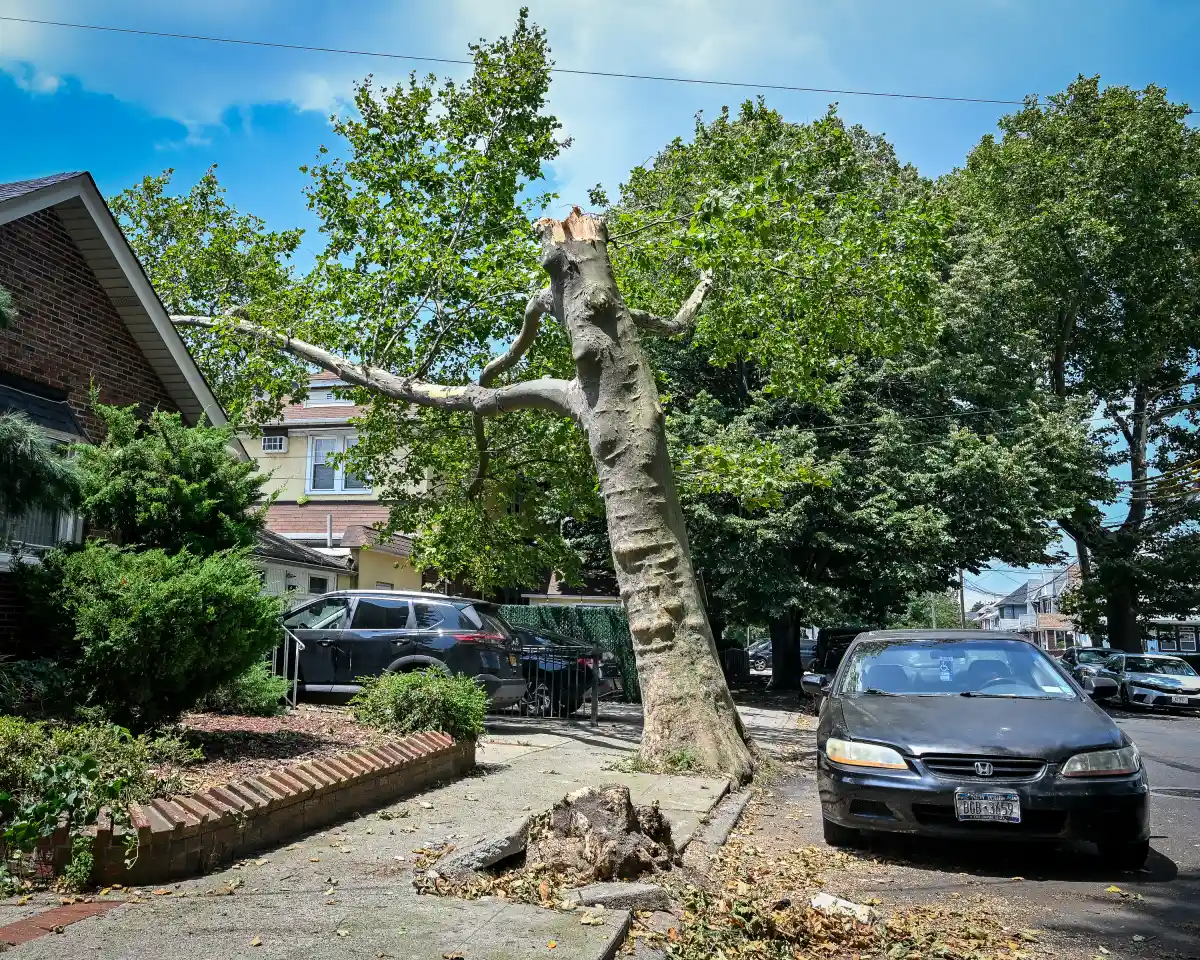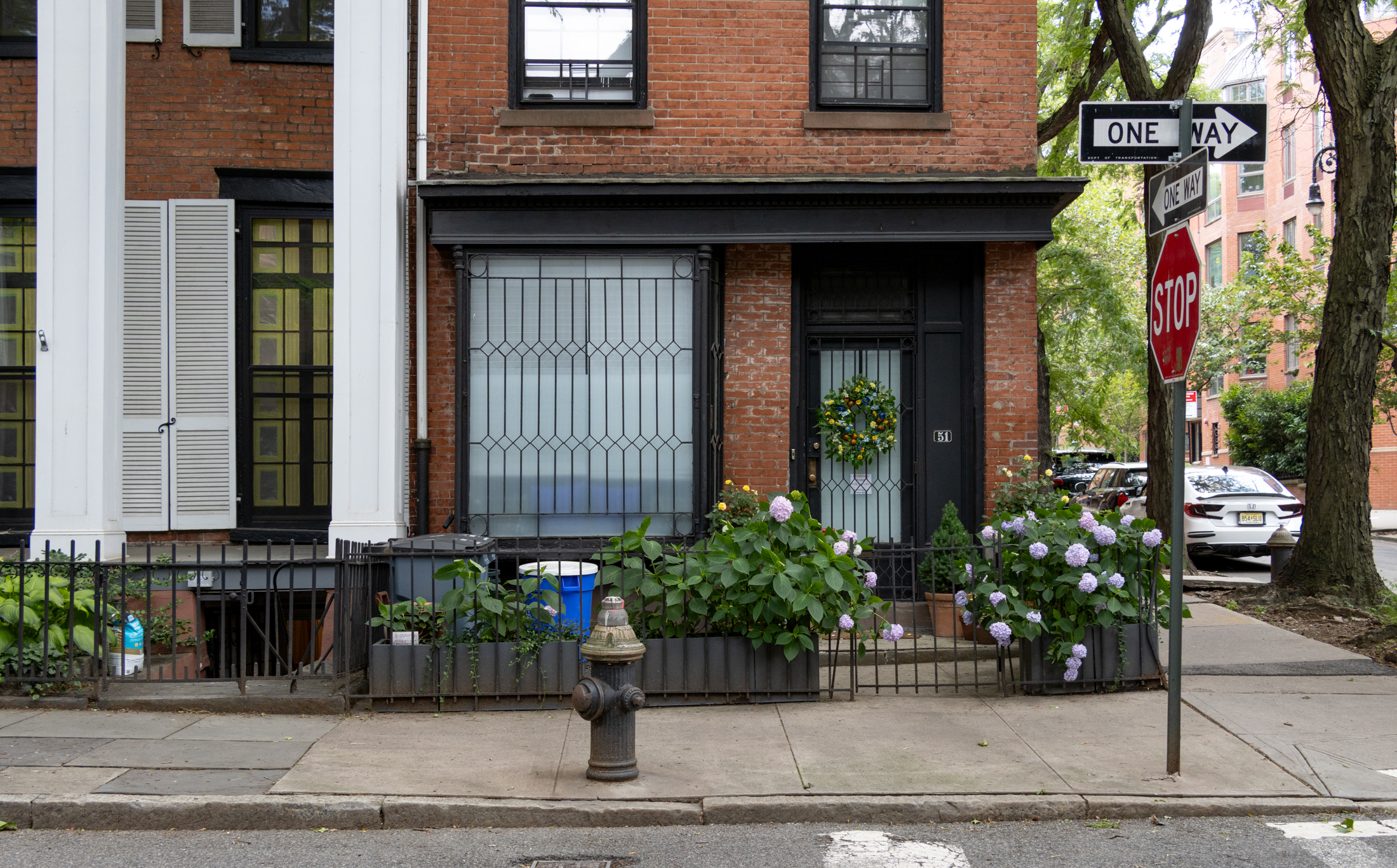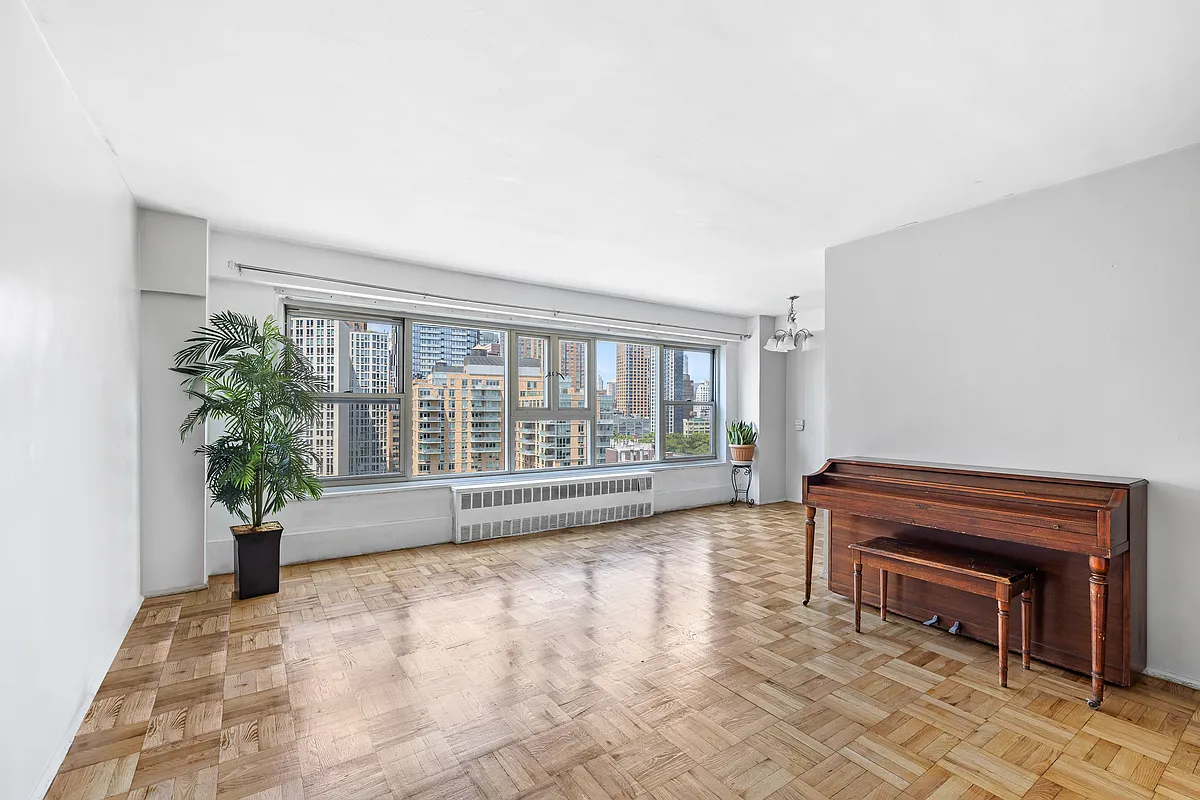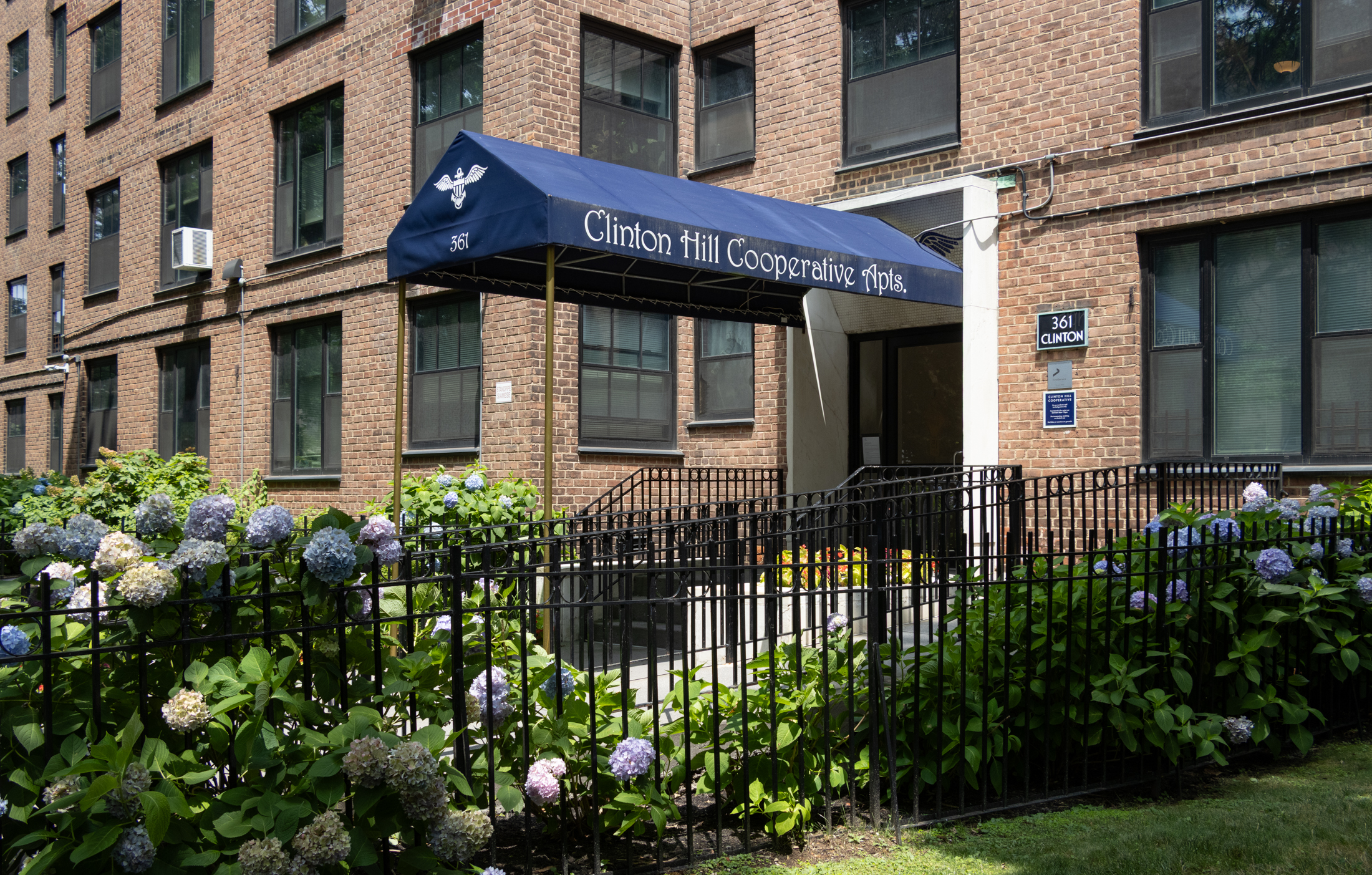Inside Third & Bond: Week 9
If we can be allowed to confuse real estate development with fashion, green is the new black. Going green is possibly the biggest nation-wide trend right now and there’s no place like New York for taking a trend and rushing to lead the pack. The last few years have brought us the development of extreme…

 If we can be allowed to confuse real estate development with fashion, green is the new black. Going green is possibly the biggest nation-wide trend right now and there’s no place like New York for taking a trend and rushing to lead the pack. The last few years have brought us the development of extreme green projects like the Solaire, One Bryant Park, the Hearst Tower, and more toned down green projects like 1212 Martin Luther King (a residential project serving very low income residents) and the Greenstone in Park Slope. We haven’t done a green project to date, though we have closely followed the market and visited many green and greenish buildings. The question is whether the fashion of green-as-black will mean red for our bottom line.
If we can be allowed to confuse real estate development with fashion, green is the new black. Going green is possibly the biggest nation-wide trend right now and there’s no place like New York for taking a trend and rushing to lead the pack. The last few years have brought us the development of extreme green projects like the Solaire, One Bryant Park, the Hearst Tower, and more toned down green projects like 1212 Martin Luther King (a residential project serving very low income residents) and the Greenstone in Park Slope. We haven’t done a green project to date, though we have closely followed the market and visited many green and greenish buildings. The question is whether the fashion of green-as-black will mean red for our bottom line.
When we sat down to talk about the vision for Third & Bond, one of the threshold decisions was whether we were going to make a foray into green building…
We looked at a range of options, including:
1) Stick to quality buildings without thinking specifically green (recycled content materials have found their way into other buildings we’ve done, like the recycled rubber flooring in the exercise room at J Condo).
2) Go green/greenish on our own, meaning make the effort where we think it matters most to buyers and makes financial sense for us.
3) Use the LEED program (and then there’s the question of what level: Certified, Silver, Gold, Platinum). (LEED = Leadership in Energy and Environmental Design, a national program created by an independent group of public and private sector supporters of environmental sustainability called the United States Green Building Council. But if you don’t know this, you are seriously behind the times.)
4) Pursue energy efficiency with NYSERDA to be an Energy Star project. (NYSERDA = New York State Energy Resource and Development Authority. Energy Star is the same label you see on energy efficient refrigerators and air conditioners.)
Fifteen years ago when young applicants were applying for jobs with developers, many articulated a passion for affordable housing in the job interview. Today, nary a job interview goes by at Hudson without a 20-something or a 30-something mentioning the desire to work on sustainable, green developments. In fact, one colleague recently hired asked us before he accepted a job, how would we rate Hudson’s commitment to green developments on a scale from 1-10. Based on our past projects, we’d have to give ourselves a 1. But we told the applicant that we definitely had green on our radar now for most City projects, and it was conceivable that we’d be a 7 in five years. Developers have to keep up with the marketplace, and in many New York City locations, such as Third & Bond, prospective buyers are way ahead of developers in terms of expectation for energy efficiency, recycled materials and sustainable features. The same cannot be said for our project in Pike County, PA, but that’s another story.
Now the question is whether being greenish will take us as far as having a name brand like LEED or Energy Star. Then again, we’re worried that the costs of LEED or Energy Star will be exorbitant. In fact, we are worried that even being greenish will put us over the top, especially given the construction costs we’re seeing now.
While LEED and Energy Star aren’t perfect programs, and there are arguments for going green without them, some of us are attracted to the concept of learning about green building through sanctioned frameworks. Advocates of green building suggest that in the not-so-distant future, non-green buildings will lose competitive value compared to energy efficient buildings. Local Law 86, enacted in 2005, requires that New York City public buildings be LEED-Silver in many cases, and LEED-certified in most others. It’s possible that New York will do what Boston and other cities have already done: require that all buildings over a certain size public and private be at least LEED-certifiable. Green building, particularly through the LEED program, is becoming closer to mainstream than pioneering, and as developers we want to know what it’s about. We don’t think going green is critical for Third & Bond from a market perspective, but could it improve the bottom line or will it hurt it?
Right now there are over 20 projects under construction in Brooklyn that are registered to be some level of LEED, but none have yet been awarded the designation. There are, however, a couple of projects in Brooklyn that are greenish. It’ll be interesting to see whether LEED or Energy Star labels carry weight with buyers, who could rely on the designation to distinguish between greenish and green. Will having that plaque on the wall stating that the building qualifies under these programs give the buyer enough confidence that he or she will pay for it? Or are such distinctions sufficiently blurry that we stick to greenish?
So there are cost implications. There are marketing impacts. Oh, and some of us care about the touchy-feely parts of green building, like healthier residents and a better world. Cue singing birds.
But getting back to the harsh reality of costs: What does going green cost? What’s the cost difference between LEED, Energy Star, and greenish? Are green building products more expensive? What will be the cost and time of all the associated paperwork?
We’re in the middle of this analysis, so stay tuned, since by the end of October, we’ll need to make an executive decision.
Inside Third & Bond: Week 8 [Brownstoner]
Inside Third & Bond: Week 7 [Brownstoner]
Inside Third & Bond: Week 6 [Brownstoner]
Inside Third & Bond: Week 5 [Brownstoner]
Inside Third & Bond: Week 4 [Brownstoner]
Inside Third & Bond: Week 3 [Brownstoner]
Inside Third & Bond: Week 2 [Brownstoner]
Inside Third & Bond: Week 1 [Brownstoner]
From our lawyers: This is not an offering. No offering can be made until an offering plan is filed with the Department of Law of the State of New York.”





Boy it just cracks me up to hear these developer Green testimonials, especially from a NY developer. While the epiphany is a positive thing our quality of life, and especially housing, has been so hurt over the last 25 years due to poor construction, insensitive design and lack of creative thought by New York developers. When compared to other American cities we are so far behind the curve in embracing green building. When compared to Europe we are still in the stone age. Look at Seattle, Boston or even Miami. These are forward thinking cities that are embracing sustainable urban planning and green building design. The condo financial model is a tough one to adjust to green, but if the developer could get on board with the benefits of green they would see great returns. Green buildings are now being delivered at little to no cost premiums. And the benefits are a tangible value. It really comes down to quality. When developing a true green development, buyers have shown they will pay more, since they are buying a better quality product. Educating those dingbat real estate agents are key. Banks are waking up to this issue. We are starting to see low rate financing and other incentives for building green. My advice is put your fear aside, get a quality contractor (Green Streets is one) and build a quality building and it should sell. Or you could stay the course, be uninspired, continue to damage the environment and hurt the community to you building in.
Your Good Neighbor,
Charlie
Allison-
you mention “Across Third is really what amounts to an office building for an industrial use–it’s getting a makeover right now”
I wonder if that makeover is actually positive. I wouldn’t want a blue neon sign lighting up the night across from my million dollar condo.
I would have to agree with 3:01. Though I think the two do have something to do with each other, in the broad sense. Not paying attention to environmental issues and making efforts to help out where possible will likely lead to worsening conditions for everyone. Not only will people not have coats or homes, will will have an uninhabitable planet.
10:32–I don’t normally like to be snarky in a comment but I’m sorry, your little rant about “green stuff” is idiotic. Yes, there are many people living in horrible conditions in this world but that doesn’t mean we shouldn’t try to be responsible in all our endeavors. Building green is a positive movement. It’s doing something small in the right direction. No, it won’t bring starving people food or freezing people coats, but neither will not going green. One thing has nothing to do with the other.
“what’s wrong with this country and world besides george and dick?”
People driven crazy by all this green stuff.
all this green stuff is driving me CRAZY! we have homeless people in NYC, a “little ole town” in louisiana that doesn’t have dikes strong enough to hold a little water when it rains,people without food and not in africa, and people here are discussing whether green is better than non-green! what is wrong with you people?
while i have a lovely house and kids in a private school, is this all realistic? yeah, al gore will win the nobel prize tomorrow based on his film about global warming, but there are people out there who need a coat.
what’s wrong with this country and world besides george and dick?
there is a terrific green building , the first in the slope. suprised that brownstoner has not picked up on it. it is called 515. located at 515 13 street. and fifth ave. two lovely and talented women are the developers and I understand it is selling very well.
I just want to put in a quick pro-green word and note that I fully disagree with the poster at 2:01pm. For those considering green buildings there seems to be an understanding that green materials/design/etc. comes at a cost, so higher prices are probably not an issue for that group.
In terms of other potential buyers – higher prices might become a barrier, but if you can point out the long-term savings, that is going to help right there.
Buildings charge premiums for lots of reasons – being green certified certainly isn’t the worst one. And at least it shows forethought and real investment in the development. Which is probably worth the extra expense right there.
This week’s blog is interesting, but I’m wondering about the stop work order you mentioned in a prior blog. The DOB website shows there was a violation of that order on 10/10. I’m curious to know how this order is affecting your schedule and costs.
I was also interested to note your earlier comment about “cranky” neighbors. No developer starts work in a vacuum, and that is certainly the case with this site. One neighbor’s house was damaged by negligent demolition done by V.C. Vitanza, the prior owner of the site. Six of the adjoining neighbors were also approached by the original developer, Bright City, with an offer to buy the neighbors’development rights. Those neighbors, obviously hoping to make some money, found out in June that Bright City had bowed out of the deal when they got letters from Hudson announcing it was the developer of the site.
When asked in late June, Bright City stated “We were compelled to sell the development by court order. The Seller with whom we had a purchase agreement interfered with our negotiation and forced us to sell the site to a developer who did not want to purchase the development rights.” No court order with Bright City in a caption could be found in Kings Supreme, so curious minds are left to wonder.
It’s all business, of course, but your neighbors were primed to be “cranky” when they got their first letter from Hudson. Even a responsible developer actively trying to establish good relations with adjacent property owners may inherit the bad feelings generated by events they had no part in. When the neighbors are in bed, enjoying the early a.m. demolition noise and vibrations, or passing by the delightful sight of a half demolished warehouse on a lot surrounded by garbage, there is little reservoir of good will towards any developer to stay the hand reaching out to dial 311.